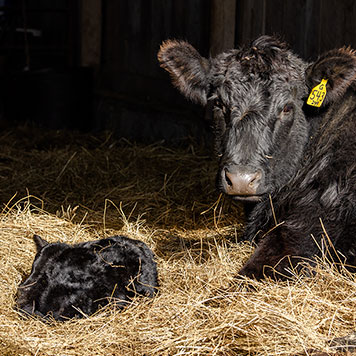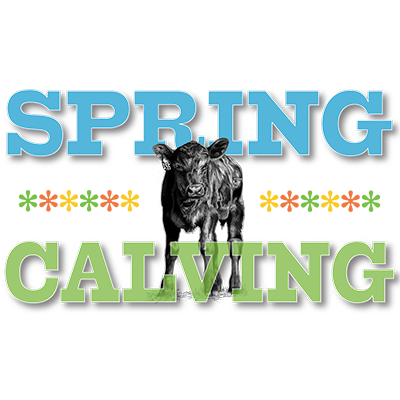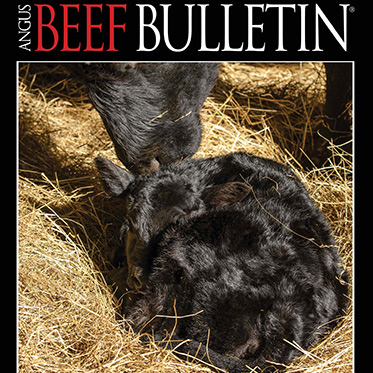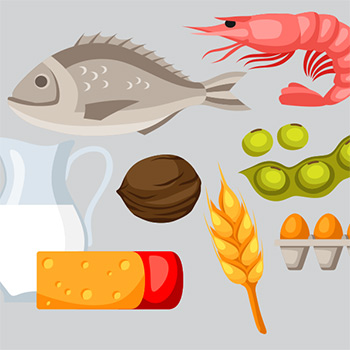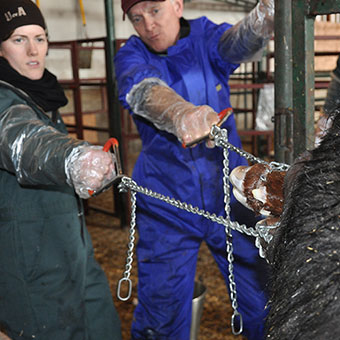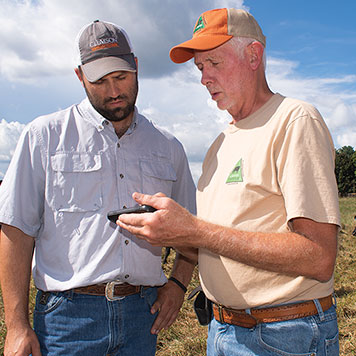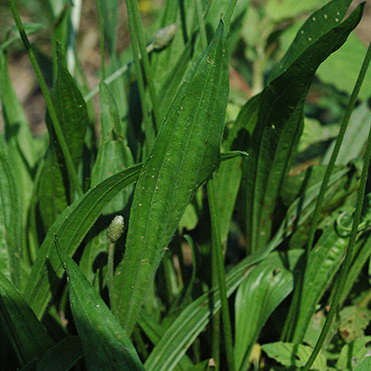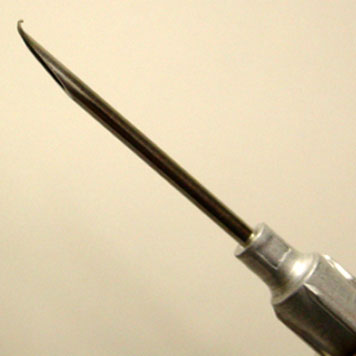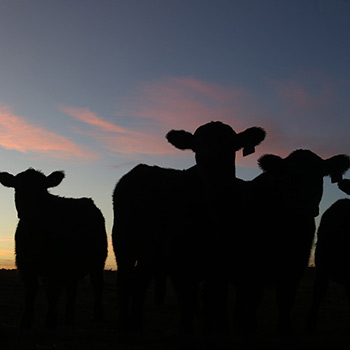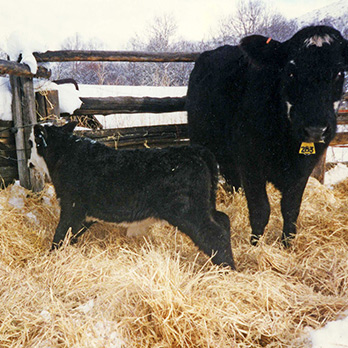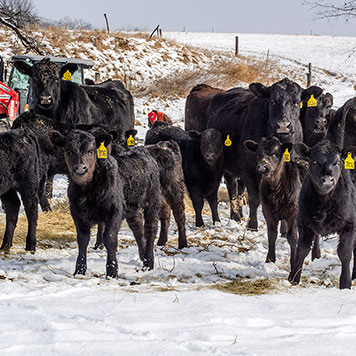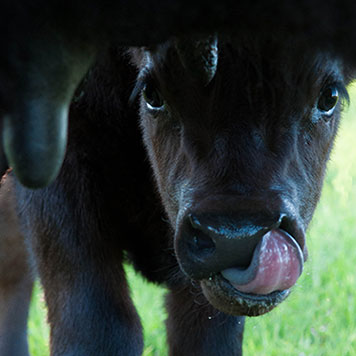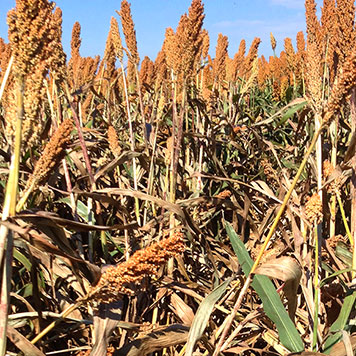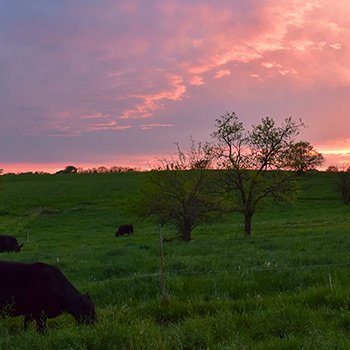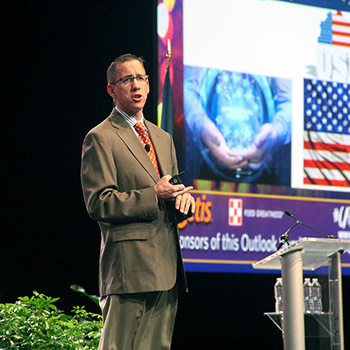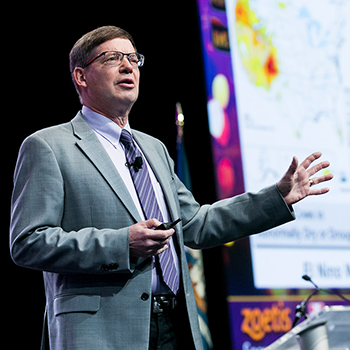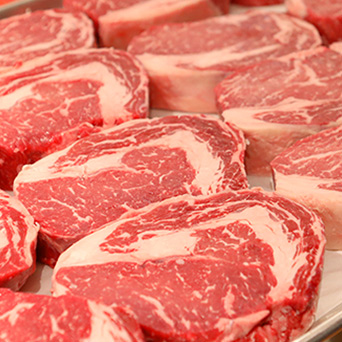What’s Next in the Cattle Cycle?
Insight on the trajectory of the cattle cycle.
The Jan. 1, 2019, inventory of all cattle and calves in the United States grew to 94.76 million head, up 0.5% from one year ago. This puts the number of cattle in the country just slightly higher than 2009 levels after dropping to a low of 88.53 million head in 2014, with an increase of 6.23 million head in the last five years.
The inventory of beef cows on Jan. 1 was 31.77 million head, up 1.0% year over year. The 2018 beef cow inventory was revised down to 31.47 million head, meaning that beef cow herd growth in 2017 was 0.8%. The beef cow herd on Jan. 1, 2019, is nearly equal to the 2009 level of 31.79 million head and has increased by 2.68 million head from the 2014 low of 29.09 million head. The dairy cow herd was 9.35 million head on Jan. 1, 2019, down 0.8% year over year. Beef and dairy cows combined for a total cow herd of 41.12 million, up 0.5% from last year. The 2018 calf crop was 36.40 million head, up 1.8% from 2017.
The inventory of beef replacement heifers was 5.93 million head, down 3.0% from the previous year. Beef replacement heifers as a percent of the beef cow herd on Jan. 1, 2019, was 18.7%. This ratio is down from 19.4% one year ago as heifer retention moves closer to levels consistent with zero herd growth. A record heifer retention level occurred in 2016, with beef replacement heifers at 21.0% of the beef cow herd. During the past 30 years this ratio has averaged 17.8%. Dairy replacement heifers were down 1.4% to 4.70 million head on Jan. 1, 2019.
On Jan. 1, 2019, the number of cattle on feed in the United States was 14.37 million head, up 1.6% year over year. The inventories of steers [weighing more than 500 pounds (lb.)]; other heifers (weighing more than 500 lb.); and calves (weighing less than 500 lb.), adjusted for the cattle-on-feed inventory, results in the estimated feeder-cattle supply outside of feedlots. For Jan. 1, 2019, this estimate was 26.38 million head, up 1.0% year over year.
This latest data provides several indications for the coming year. The larger 2018 calf crop and resulting increase in estimated feeder supplies mean feedlot production will remain higher in 2019, leading to increased beef production again in 2019. The slightly larger 2019 cow herd implies that the 2019 calf crop will be as large or slightly larger year over year and will maintain feeder supplies through 2020.
It appears that herd expansion is nearly finished, although the level of beef replacement heifers is large enough to support a minimal level of additional herd expansion in 2019. While cyclical expansion may be mostly complete, there is no indication of herd liquidation at this time. Average cattle prices are expected to continue at current levels and seem likely to hold cattle numbers steady in 2019. Future market conditions, good or bad, could prompt additional expansion or liquidation in 2020 and beyond. Producers should continue to monitor domestic and international market conditions to see what new cattle market direction emerges in the coming months.
Editor’s Note: Derrell Peel is a livestock marketing specialist for Oklahoma State University Extension. This article is reprinted with permission from the March 4, 2019, edition of the Oklahoma Cooperative Extension newsletter Cow-Calf Corner.
